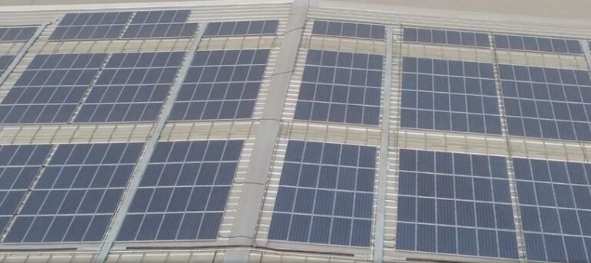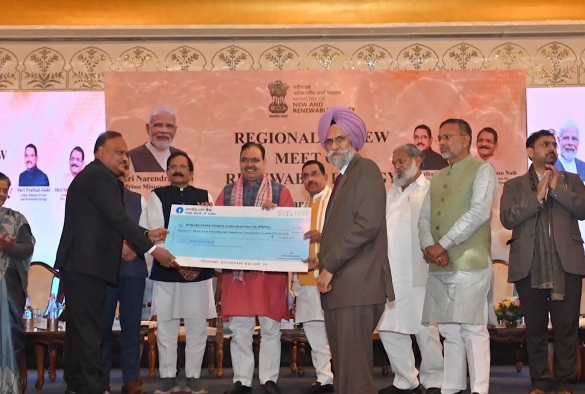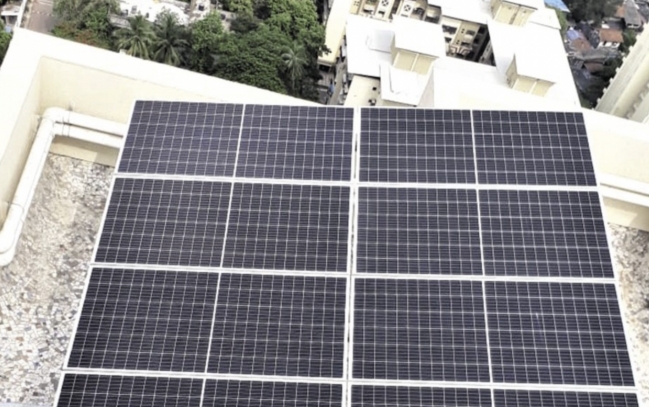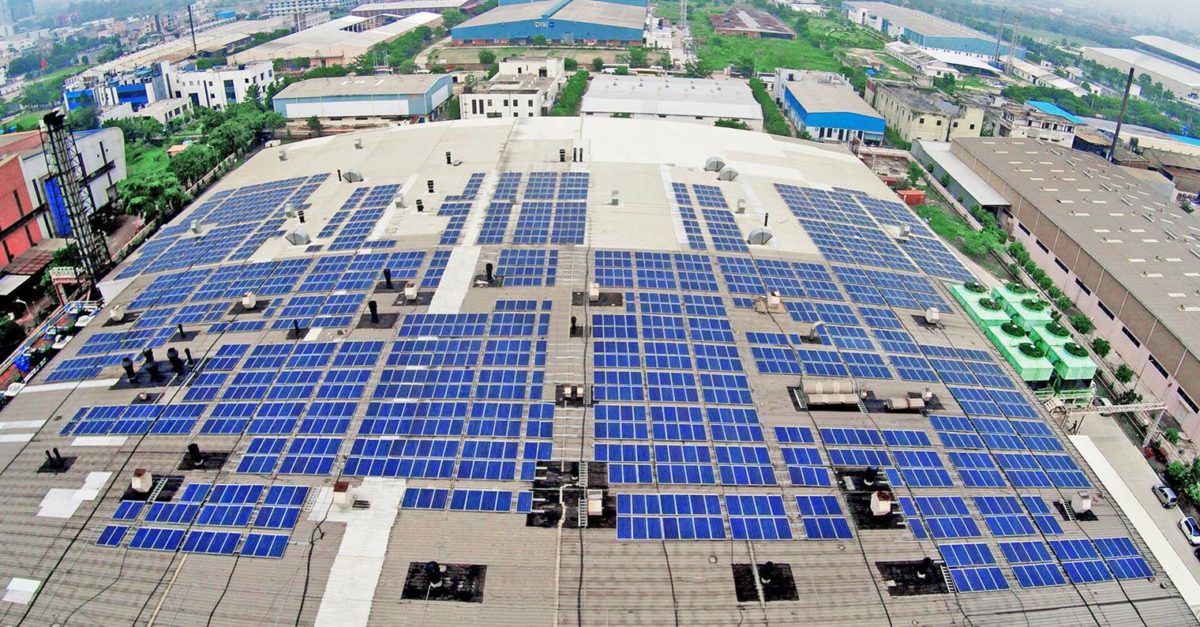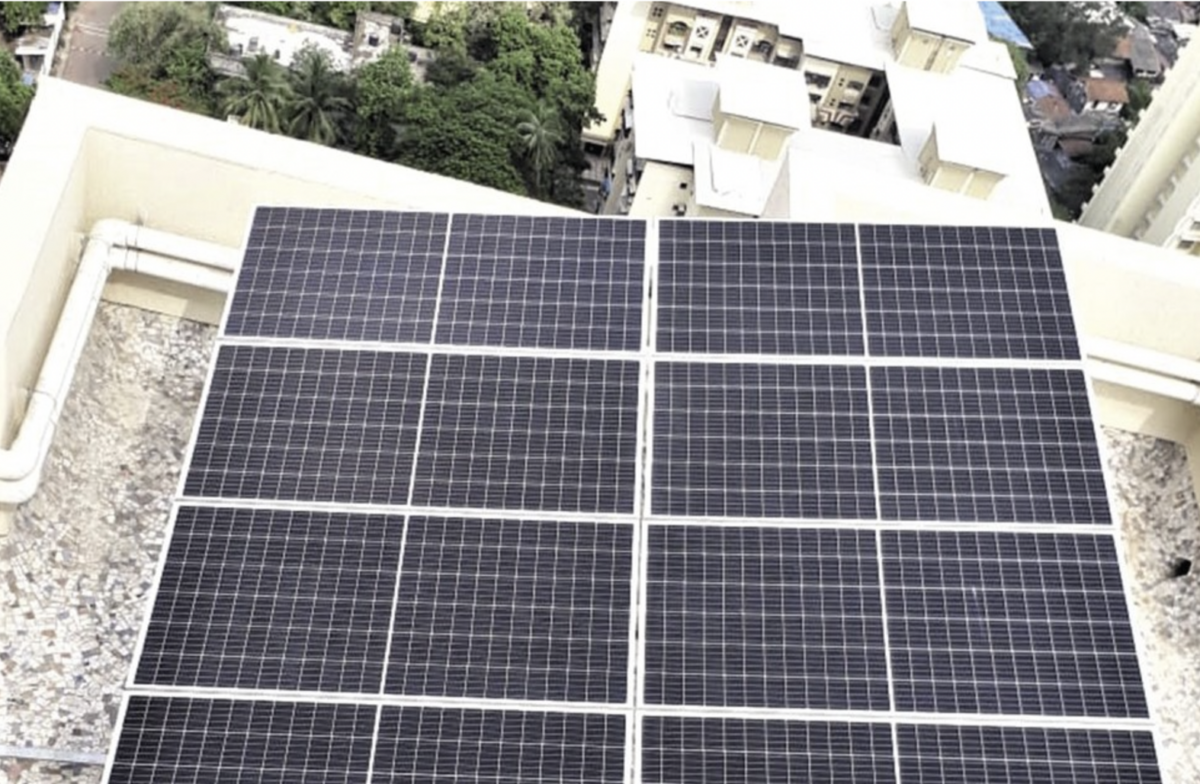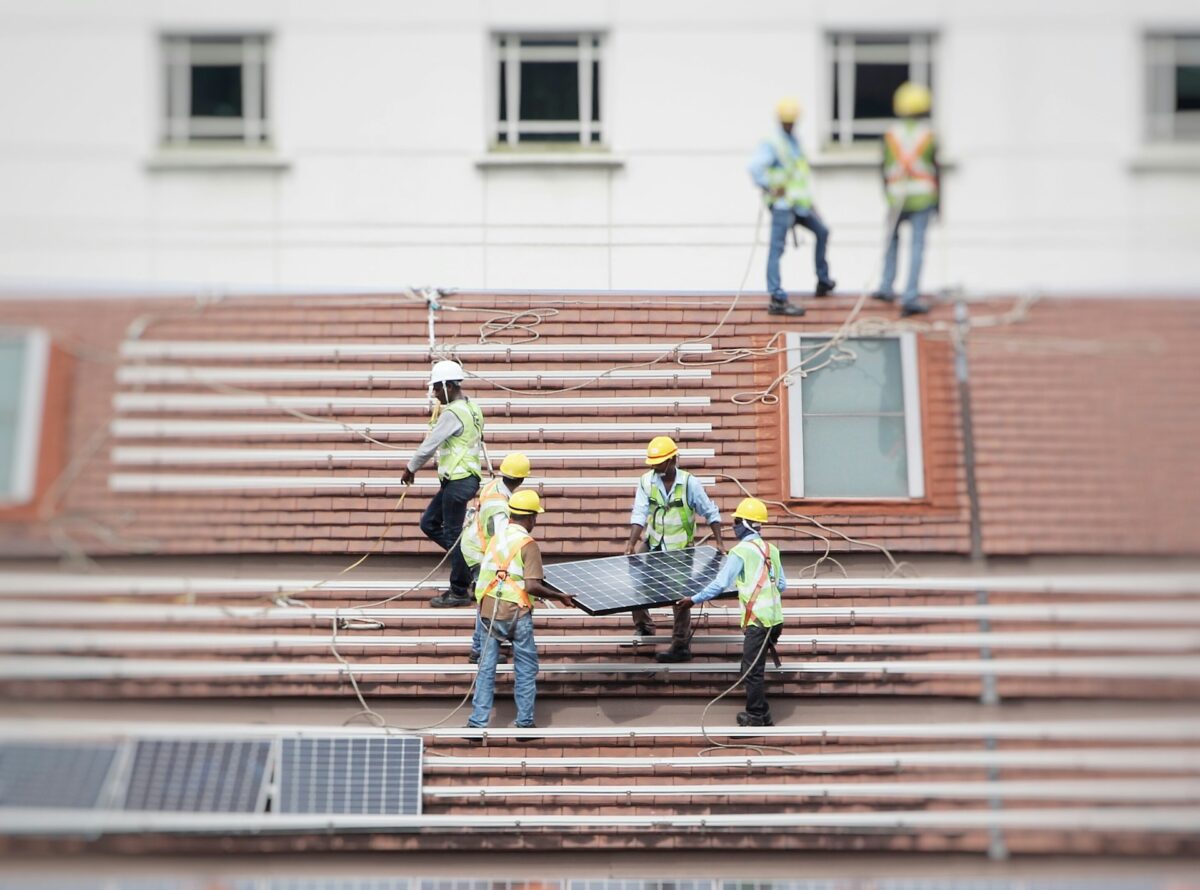Wind Energy Costs Shrink with Efficiency From Longer Turbine Blades
22 Mar 2020 by ANGIE BERGENSON
Even without building turbines any taller, the blade length allows them to produce more power.
The longer turbine blades used over the last ten years have allowed more energy to produce at lower wind energy costs. This was accomplished without the need to make them any taller.
That said this form of renewable continues to face resistance among local landowners.
Locals around the farms of turbines often remain upset despite the falling wind energy costs. They don’t appreciate the increasing visibility of the turbines regardless of whether they get taller or the blades are longer. The blade length increase is a primary determinant of what is known as the “swept area” of the turbine. That refers to the size of the area traveled by the blades.
Over the last ten years, turbines have increased the size of their average swept area by about 20% due to the longer blades now being used. This, according to data cited by Energy Department researchers.
The longer blades make it possible to capture more of the air flow, thereby reducing wind energy costs.
The longer a turbine’s blades, the more of the air flowing past can be captured. This greatly improves their efficiency. In fact, the efficiency levels have improved enough that wholesale market cost for the energy is reduced by as much as 50 percent.
“Much more progress is possible on that front,” said Lawrence Berkeley National Laboratory research scientist Mark Bolinger. This could be especially true in parts of the United States in which this renewable energy is already well established, such as Texas, the Midwest and portions of New England. The reason is that these are areas in which transmission is constrained as power lines are often employed in areas in which turbines are the most efficient. “There’s clearly more to be gained by a continuation of this trend,” said Bolinger.
Researchers have found that blade length is the most striking difference in recent engineering designs for turbines. The average height has grown by a notably smaller 12 percent over the last ten years, according to Bolinger’s data. That said, Bolinger and his colleagues acknowledged that the taller turbines with longer blades may reduce wind energy, costs but they are making it more difficult to obtain permits. The height and blade length can wind energy costs - wind turbine bladesinterfere in many ways including moving into airspace used for flight paths. Moreover, they require more land and produce more noise.
